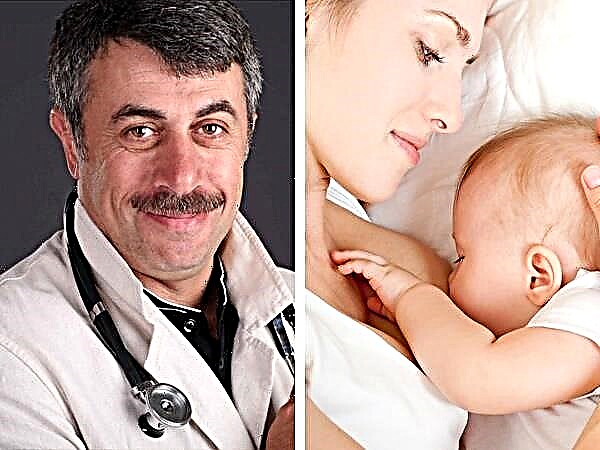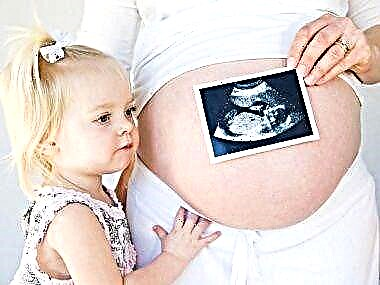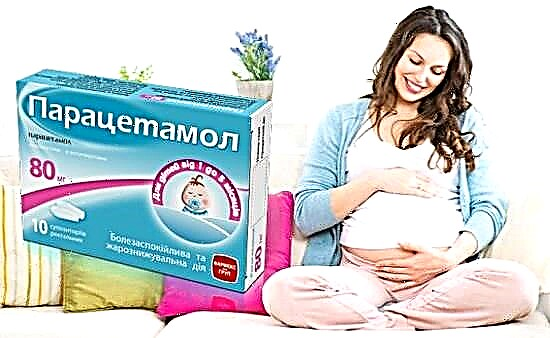Lactational (postpartum) mastitis is an inflammatory disease of the mammary glands that occurs during the breastfeeding phase. Most often, the disease occurs in primiparous women in the first weeks of lactation, as well as during weaning. Mastitis during breastfeeding is caused by pathogens (Staphylococcus aureus and Streptococcus aureus).

Causes of lactational mastitis
- Microcracked nipples. The nipple is the gateway for germs that cause mastitis. Therefore, any inflammatory diseases with microcracks in the nipples (for example, thrush of the breast) can lead to the spread of infection to the mammary gland. (read the article on breast cracks).
- Lack of preparation of nipples for feeding.
- The postpartum period in women is accompanied by: a) hormonal changes, b) a decrease in immune forces - which can also lead to mastitis.
- Failure to comply with basic breast hygiene standards.
- Hypothermia.
- The presence of tumors in the mammary gland.
- Lactostasis. After childbirth, the breast swells greatly, as the first influx of milk occurs. At the same time, the baby may still eat little or not breastfeed at all, which leads to stagnation of milk in the mammary gland - THIS IS the most common cause of mastitis in a nursing mother. Reading about lactostasis
Symptoms
The disease is manifested by the following symptoms:
- Lump, swelling, and soreness in the entire breast or any part of it (nipple, halo, mammary gland).
- Redness of the skin at the site of inflammation.
- Difficulty milk outflow, feeding problems.
- Increased temperature up to 380C and more. Headache, chills, weakness.
- Enlarged axillary lymph nodes.
It is difficult to confuse mastitis with another disease of the mammary glands, so if you have the above symptoms, then you must see a doctor within two days. In this case, the first days you do not need to stop feeding the baby with a healthy breast, and milk should be expressed from a breast with mastitis until you are convinced that there is no infectious process in it.
With purulent mastitis, which is determined by ultrasound, you should stop feeding the baby and healthy breast, since pus can also enter the healthy mammary gland through the blood. Breastfeeding can be resumed only after recovery and testing for infection in milk.
Video # 1
What not to do if you suspect mastitis
- Mastitis during lactation is not a reason to urgently stop breastfeeding your baby. It is strictly forbidden to use any means or drugs to suppress lactation, to limit the intake of fluids for this purpose.
- In no case should the site of inflammation be heated: do not take hot baths and showers, do not apply a heating pad.
- Do not do it by yourself pick up antibiotics or try folk remedies.
Mastitis treatment
The effectiveness of treatment is directly related to the timeliness of the required therapy. If mastitis began to be treated in the first 2 days after the onset of characteristic symptoms, then surgical intervention is most likely not needed. The operation is prescribed only in case of purulent mastitis. Most often, treatment is carried out on an outpatient basis, since the mother continues to breastfeed the baby, and this is an important factor in the treatment of mastitis. Stopping breastfeeding with mastitis can only complicate the disease.
Therapy for mastitis includes:
- The most important thing at the onset of the disease is to continue to stimulate the flow of milk from the mammary glands. First, you need to apply the baby to the sore breast, since maximum emptying is more important for it. Expression should be regular, since it is important to reduce the load on the gland and prevent the appearance of new stagnant lesions. A contraindication to mastitis breast feeding can only be antibiotics, which are prescribed only if other conservative (non-surgical) methods do not help.
- Regular manual massage from the edges of the breast to the nipple promotes milk flow.
- After feeding, ice or a heating pad with ice should be applied to the diseased breast through the tissue hectare for 15 minutes.
- For a better outflow of milk and relieve spasms in the mammary gland, before feeding, take 4 drops of oxytocin solution, 5-6 times a day.
All of the above (pumping, cold, and oxytocin) should be done every two hours, including at night.
- It is important to treat the external focus of infection: if there are cracks or inflammation on the nipple, then you should smear it with Bepanten, Purelan - 100 or other anti-inflammatory and healing ointments that your doctor will prescribe.
- If the temperature rises above 380C, you need to take antipyretics.
- With a protracted infectious inflammatory process, the doctor prescribes antibiotics, which are selected depending on the pathogen and are drunk in a course of 5 to 10 days. In parallel with antibacterial drugs, drugs that suppress lactation are prescribed. For this period, the child is transferred to formula feeding. After recovery, breastfeeding can be resumed.
Folk remedies

At the first signs of mastitis, in parallel with the main methods of treatment, some folk remedies can help:
- The cabbage leaf is applied to the sore breast for the whole day and at night under the bra.
- Compresses and leaves of alder and mint. You can take dried leaves and, soaking them in boiling water for 2 minutes, apply them in gauze to the sore breast for 15 minutes before each pumping or feeding.
- Burdock leaves (mother-and-stepmother), scalded with boiling water, apply to the chest for 10 - 15 minutes.
Prevention
When breastfeeding, mastitis is doubly unpleasant, since it brings discomfort not only to the mother, but also to the child. Therefore, it is important to constantly monitor the prevention of this disease.
Firstly, the first weeks after childbirth, it is imperative to express milk, which the baby is undernourished. Expressing will not only prevent stagnant milk, but stimulate milk production. It is most convenient to express with a breast pump, it provides a better and more complete suction of milk from all ducts of the gland and will save you time. A helpful article on how to choose a breast pump and how to express your breast.
- How to express your breasts with your hands >>>
Secondly, it is important to properly apply to the baby's breast. and change the feeding position to ensure an even outflow of milk. We read how to properly apply to the chest
Thirdly, it is necessary to treat cracks in the nipples, which often occur in novice nurses. You can smear the nipple with Bepanten before and after feeding, or use special breast attachments for feeding.
Hygiene is very important: take a shower once a day, change a bra. Make sure that no drops of milk remain on the nipples after feeding. Do not wash your breasts after each feeding, as this can only break the protective layer of the skin. It is enough to dip the remaining milk with a clean napkin or wipe the nipple with a cotton pad soaked in boiled water. For a shower, it is better to use gels with a neutral pH rather than soap.
Do not panic and be overly nervous if you suspect mastitis, your emotional state is transmitted to the baby and affects lactation. Calmly carry out all therapeutic measures, do not delay the visit to the doctor. Almost all nurses face congestion in the chest, but not every one of them turns into mastitis.
We read useful articles on the topic of GW:
- Everything about breastfeeding: advice for mothers and WHO recommendations.
- Why does my chest hurt while breastfeeding?
- Breast massage while feeding.
- Basic and main rules of breastfeeding.
Video # 2



